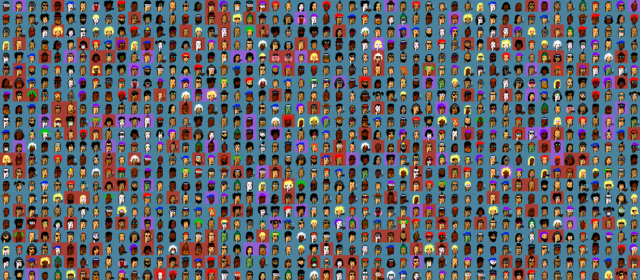The Dawn of the Digital Age is Upon Us: Is Artificial Intelligence a Substantial Threat to the Law in the Twenty-First Century?
- Jamie Donnelly

- Nov 22, 2022
- 32 min read
Updated: Jun 27
Introduction
There has been an epochal shift from the traditional industries established by the Industrial Revolution, including hand production methods in machines[1], to a post-Industrial Revolution economy based upon information technology, widely known as the Digital Age.[2] Lord Sales has referred to computational machines as ‘transformational due to their mechanical ability to complete tasks…faster than any human could’.[3] The twenty-first century has seen an enhancement in human innovation, and the world of law is being forced to change. Legal practice has become more technology-centric, allowing for law in theory and in practice to keep abreast of society. This article explores how technology, specifically AI, has evolved through the digital age.
Firstly, it will explore how the evolution of AI has warranted a cataclysmic shift in the law. Then, in chapter two, it will illustrate the challenges which AI has posed and which it has the potential to create for the law. In so doing, it will identify how AI could pose a substantial threat to the law. In chapter three, however, solutions to the issues that AI poses will be addressed and analysed.
Undoubtedly, AI can be a substantial threat to the law. Nonetheless, this article aims to illustrate that human creativity must not be underestimated. If used correctly, AI could change how law functions in the twenty-first century for the better. This article explores various theoretical aspects of how AI and the law interact with society, focusing in particular on Lessig’s Law of the Horse[4] and the new revelation of the Law of the Zebra.[5] It further treats the concept of technological exceptionalism and how this theory has allowed for the progressive evolution of AI.
McGinnis and Pearce argue that machine intelligence and AI will cause a ‘great disruption’ in the market for legal services.[6] This article will explore this concept of disruptive innovation, suggesting that the disruption McGinnis and Pearce allude to will be more significant in scale than initially anticipated. It will explore the ethical, moral, and social issues associated with AI, investigating how AI has the potential to pose a problem to the law. As an extension of the moral, social, and ethical issues presented, this article will offer an insight into AI’s autonomy as regards the law. Finally, the problems of foreseeability and transparency will be discussed in terms of the substantial issues AI poses to the law.
The idea of the robot judge will be addressed, identifying how this could materialise. Its benefits and challenges will subsequently be critically assessed in terms of the threat to legal practice in the twenty-first century. Additionally, the practicalities of the robot judge will be assessed, suggesting that it is an unnecessary fear and a potential gift. As part of chapter two, the idea of AI systems being granted a more respected legal personality will be explored. The arguments presented will allude to the sophistication of current AI technology and issues surrounding liability. The importance of the concept of legal personality will be stressed, demonstrating that society must be cautious as to who is granted legal rights of personhood.
Chapter three will present innovative solutions to the problems assessed in chapter two. This section will set out a detailed model that allows for the comprehension of the legal disruption caused by AI and its associated technologies.




